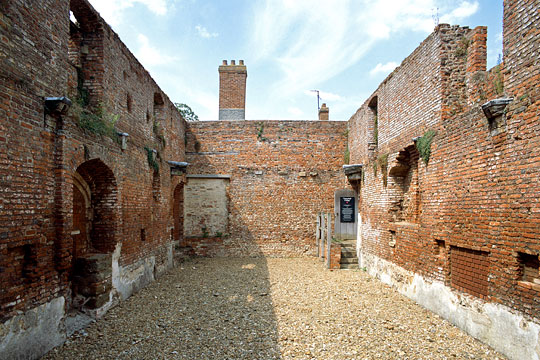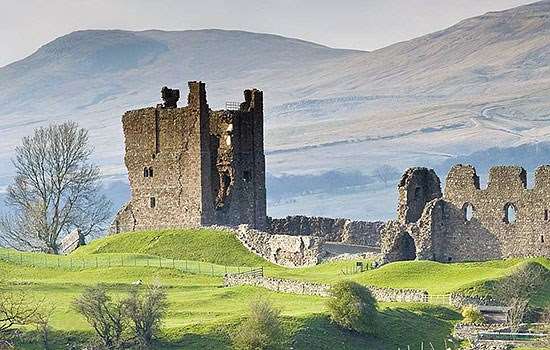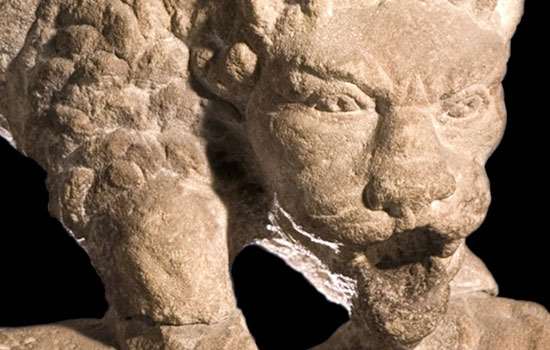History of Tattershall College
The village of Tattershall is dominated by the 15th-century castle, bought and restored by Lord Curzon of Kedleston in the early 20th century. Nearby are the remains of a grammar school for church choristers, which was founded in the mid-15th century by the the builder of the castle, Ralph, Lord Cromwell.

Lord Cromwell
The castle and estate were inherited by Ralph, Lord Cromwell, in 1417. He became Henry VI’s treasurer and his marriage to the heiress Margaret Deincourt brought him further lands and wealth.
Between 1434 and his death in 1456 he embarked on a great programme of building in Tattershall. He extended the castle with the impressive great tower, added a number of smaller brick buildings within the walls and excavated an outer moat.
His building projects in the village were not confined to his own domestic comforts. In 1440, while work continued on the castle, Lord Cromwell issued a charter creating a college of secular canons who would serve the church and act as chantry priests to pray for his soul.
This was an age in which lay men and women would leave money and lands to monasteries, churches and colleges to ensure prayers were said for their souls after their deaths. Cromwell was an extremely rich man with no direct heirs and so could afford to make elaborate arrangements.
The College
Tattershall College was built in 1460, four years after the death of its patron, Lord Cromwell, and was completed by William of Wainfleet, Bishop of Winchester.
This building formed part of the complex of college buildings in Tattershall village and is thought to have been the grammar school.
Most colleges provided such educational facilities for their choristers and for the sons of local tenants. Schoolmasters from the clergy and the laity might teach in both the collegiate and secular schools.
The Chantries Act of 1547 led to the closure of this type of religious institution across the country, and the college buildings near the church at Tattershall were demolished.
The present building was refounded as a secular grammar school and continued to be used for this purpose until the late 17th century. The new tenant converted the buildings into a malt-house and granary.
Many further alterations were made to the building until it came into state guardianship in 1972.
Description
The college, having retained much of its original fabric, is now one of the oldest brick structures in England. What remains is an almost complete example of the Perpendicular style of architecture.
The college is built in red brick with limestone ashlar dressings. The original structure would have been two storeys high, but later a cellar was inserted. This has now been filled in, and the ground floor is set halfway between the level of the original floor and the cellar floor.
Original openings such as the Tudor arched doorways remain, and their positions in the long walls indicate the original floors of the 15th-century building.
Further Reading
Douglas Simpson, W (ed), The Building Accounts of Tattershall Castle 1434–72, Lincoln Record Society 55 (1960)


